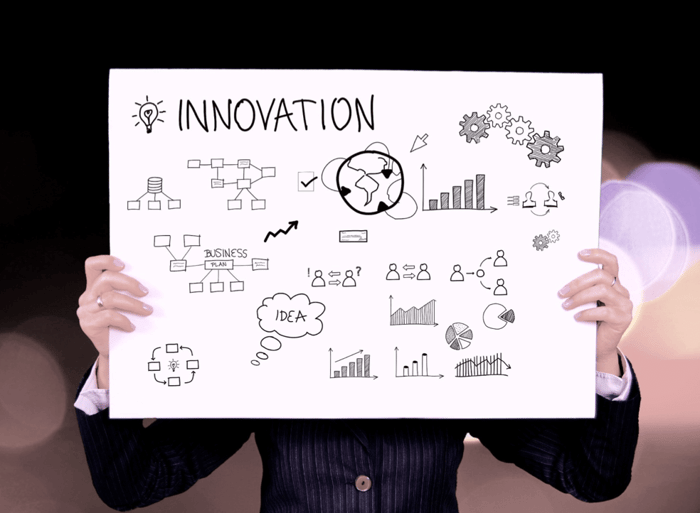Organisational development: tradition and innovation
Why traditional concepts block change and how you can use innovative approaches for your company
The age of the digital revolution calls for innovative change concepts. Nevertheless, the classical concepts of organizational development still meet with great approval in many companies, but show little or no effect. In most cases, this is due to the discrepancy between the management level and what the employees want.
Read why conventional models are doomed to failure and how transparency, participation and a holistic approach can create a profound transformation for more efficiency and future security in your company.
The weaknesses of traditional change management
The basic assumptions of traditional change management are that successful changes should be initiated from above. A team of experts at the highest level develops a strategy for the change project, which is to be implemented through concrete measures. Employees are then often forced into the passive role of those affected who have to implement these measures. Of course without questioning them or including their own ideas.
Exaggeratedly formulated, organizational development in the traditional approach is more like coercive measures imposed from outside. The typical human reaction to external constraints is confusion and resistance. Especially if the measures adopted do not correspond to one's own wishes and their background is not understood.
The consequences are obvious: The change project is somehow half-heartedly implemented, but not really accepted or even lived. Failure is inevitable. At this point, attempts are often made to break resistance by adding urgency to the measures without addressing the root causes of resistance. In this way, the Change project blocks any critical - but extremely valuable - feedback from those affected and further increases the discrepancy between management and employees.
Innovative approaches for organisational development
In order to be able to think and act innovatively in terms of organisational development, there should be an awareness that development does not describe a concrete target state, but rather represents a progressive process in a desired direction.
From this perspective, the role of the management level is not so much to implement concrete projects by all means, but to prepare the company and above all its employees intensively for the changes. Secondly, it should be noted that resistance is a natural reaction to change and does not in itself cause change projects to fail, but rather the handling of the discrepancy between what the leadership wants and what the employees want.
The core statements of the following theories provide impulses for innovative approaches to sustainable change management:
McGregor's motivation theory (also X-Y theory) says: If a leader promotes self-determination and self-realization, this will positively influence the commitment and work motivation of the employees. Accordingly, development processes should not only be decided from above, but also the ideas and wishes of the employees should be taken into account.
The concept of "co-creation" also propagates comprehensive employee participation in transfer to organizational development. The term "co-creation" actually describes the involvement of customers in product design in order to integrate their ideas into the development process. Make your employees active "co-creators" in the design of development measures and rely on their feedback.
Under the motto "Small is beautiful" you should start with small changes, as these already have a greater influence on your employees' day-to-day work. Introduce change projects step by step so that your employees have time to adapt to and accept change.

Sustainable development through transparency, participation and a holistic approach
You can achieve innovative and sustainable organizational development by adhering to the principles of transparency, participation and wholeness, following the approaches described above:
Educate your employees with facts and details about the planned changes. Demonstrate the greatest possible transparency with regard to the planned measures by providing comprehensive answers to questions and defining clear structures and responsibilities.
Let your employees actively participate in the change projects by including their ideas and wishes. Turn your employees into participants and give them time to find their own meaning in the changes. In this way you create trust and take away their fear of change.
Design the change process holistically, i.e. from the strategy and structure of the company through the processes and management systems, but also the corporate culture, the ways of thinking and behaving as well as the communication, the relationships and the leadership in the company.
Set yourself the goal of designing your organization in such a way that it can continuously adapt to a constantly changing environment. Consider change as a comprehensive, continuous process in a desired direction and not as an absolute quantity of a target state.
(Editorial realization: Corinna Brucker)
Are you interested in sustainable change management or would you like to learn more about innovative concepts of organizational development? Then please inform yourself further about our services in this area or simply contact us.

